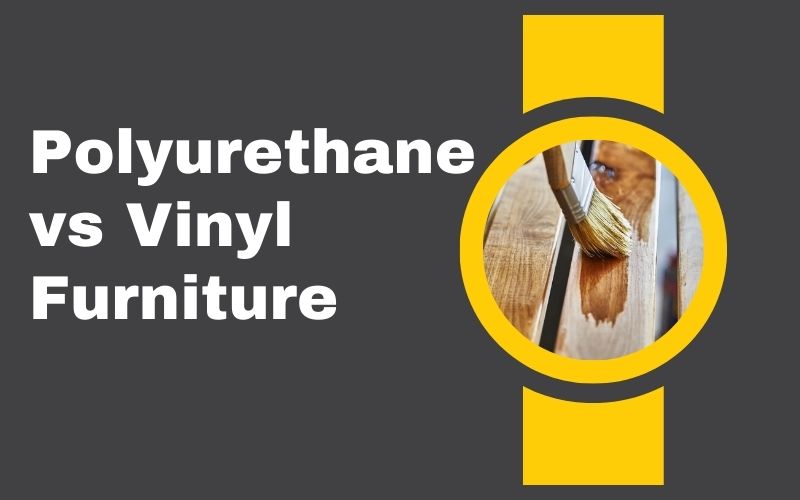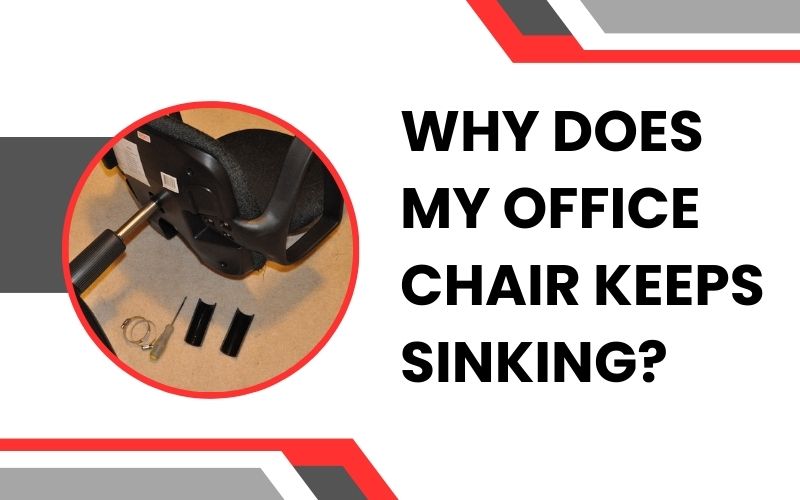Choosing the right upholstery for your furniture is more than just a matter of style—it’s about durability, comfort, maintenance, and cost. Two of the most popular materials in the market are polyurethane and vinyl. In this article, we’ll dive deep into the differences, benefits, and drawbacks of polyurethane vs vinyl furniture, helping you make an informed decision for your home or office.
What is Polyurethane?

Polyurethane, often abbreviated as PU, is a versatile and durable material used in a variety of applications, including furniture upholstery. It’s a type of polymer composed of organic units joined by urethane links. Polyurethane can be manufactured to be either rigid or flexible, making it suitable for different uses.
What is Vinyl?
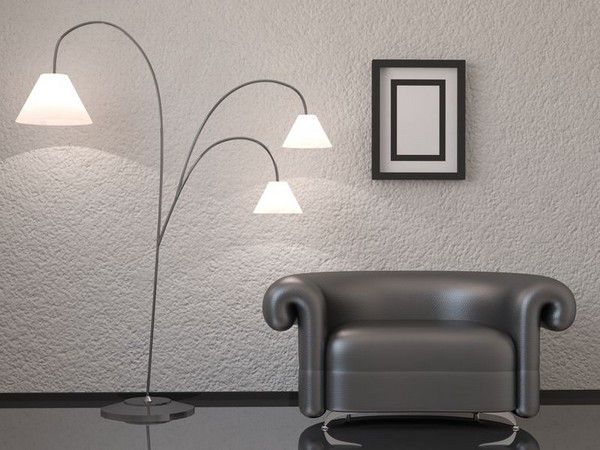
Vinyl, on the other hand, is a type of plastic made from ethylene and chlorine. It’s known for its durability, water resistance, and ease of maintenance. Vinyl upholstery is a popular choice for best office furniture that needs to withstand heavy use and exposure to moisture, such as in kitchens and outdoor settings.
Polyurethane vs Vinyl Furniture
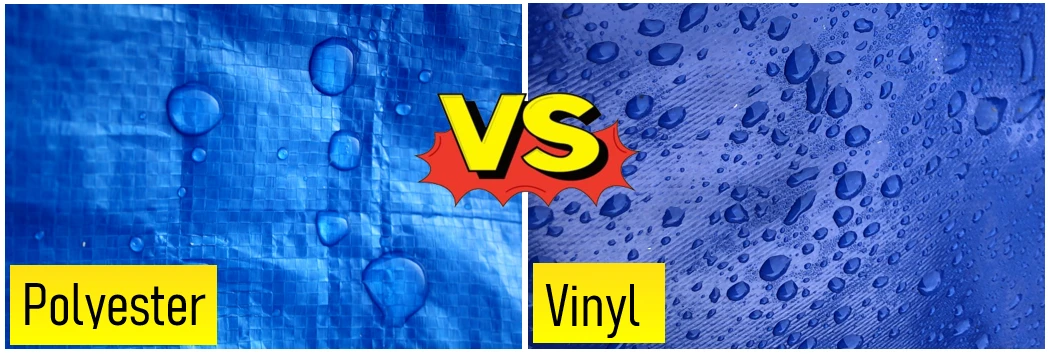
When comparing polyurethane vs vinyl furniture, several factors come into play. Let’s break down the key differences and what each material brings to the table.
Durability
Polyurethane Durability: Polyurethane is known for its high durability. It resists wear and tear well, making it a great choice for furniture that sees a lot of use. Its resilience to scratches and abrasions is one of its standout features, although it can be prone to cracking over time if not properly maintained.
Vinyl Durability: Vinyl is equally durable and often more resistant to physical damage than polyurethane. It’s less likely to crack and can handle more extreme conditions, including exposure to moisture and temperature fluctuations. This makes it a popular choice for both indoor and outdoor furniture.
Comfort
Comfort Level of Polyurethane Upholstery: Polyurethane upholstery tends to be softer and more flexible than vinyl, providing a higher level of comfort. It’s often used in high-end furniture due to its luxurious feel.
Comfort Level of Vinyl Upholstery: While vinyl is generally less flexible than polyurethane, it can still offer a good level of comfort, especially when used in padded furniture. However, it may not provide the same plush feel as polyurethane.
Aesthetics
Visual Appeal of Polyurethane: Polyurethane comes in a variety of finishes and can mimic the look of leather, making it a popular choice for stylish, modern furniture. It can be customized to fit a wide range of design aesthetics.
Visual Appeal of Vinyl: Vinyl also offers a range of design options, but it typically has a more plastic-like appearance compared to polyurethane. However, advancements in manufacturing have led to more sophisticated vinyl finishes that can closely resemble natural materials.
Maintenance and Cleaning
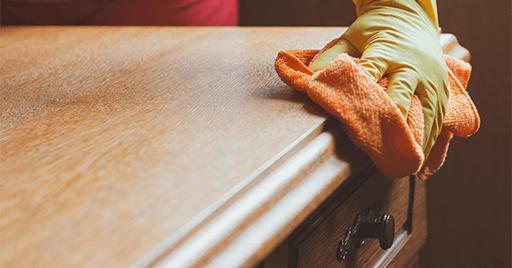
Cleaning Polyurethane Furniture: Polyurethane furniture is relatively easy to clean. Most spills can be wiped away with a damp cloth, and the material is resistant to many stains. However, it can be sensitive to harsh chemicals, so it’s important to use gentle cleaning solutions.
Cleaning Vinyl Furniture: Vinyl is known for its low-maintenance nature. It’s highly resistant to stains and can be cleaned with a variety of household cleaners without damage. This makes it a practical choice for families with children or pets.
Cost Comparison
Polyurethane Cost Factors: Polyurethane furniture is generally more expensive than vinyl due to its higher manufacturing costs and premium feel. The price can vary significantly based on the quality and brand.
Vinyl Cost Factors Vinyl is often the more budget-friendly option, making it accessible for a wider range of consumers. Its cost-effectiveness, combined with its durability, makes it a popular choice for cost-conscious buyers.
Environmental Impact
Eco-Friendliness of Polyurethane: Polyurethane production involves the use of chemicals that can be harmful to the environment. However, advancements are being made to create more eco-friendly polyurethane options.
Eco-Friendliness of Vinyl: Vinyl also poses environmental concerns, particularly due to the chlorine used in its production. Recycling options for vinyl are more limited compared to other materials.
Is Polyurethane Vinyl?
A common question is whether polyurethane is a type of vinyl. The answer is no—while both are synthetic materials, they are distinct in their chemical composition and properties. Polyurethane is a polymer, while vinyl is a type of plastic.
Is Polyurethane Breathable?
Polyurethane can be breathable, especially in its flexible foam form used in cushions and upholstery. This breathability contributes to the comfort and longevity of the furniture.
Which Material is Better for Allergies?
Hypoallergenic Properties of Polyurethane: Polyurethane tends to be hypoallergenic, making it a good choice for people with allergies. It doesn’t harbor dust mites and is resistant to mold and mildew.
Hypoallergenic Properties of Vinyl: Vinyl is also hypoallergenic and easy to clean, which can help reduce allergens in the home. Its non-porous surface prevents the buildup of dust and other allergens.
Common Uses in Homes and Offices
Polyurethane in Residential Settings: Polyurethane is often found in living rooms and bedrooms, where comfort and aesthetics are important. It’s also used in office furniture for its professional appearance and comfort.
Vinyl in Residential Settings: Vinyl is frequently used in kitchens, dining areas, and bathrooms due to its water-resistant properties. It’s also a popular choice for outdoor furniture.
Commercial Applications of Both Materials: Both materials are used in commercial settings, including restaurants, hotels, and offices. Polyurethane is chosen for its comfort and style, while vinyl is selected for its durability and ease of maintenance.
Conclusion
In the debate of polyurethane vs vinyl furniture, both materials have their unique advantages and potential drawbacks. Polyurethane offers a higher level of comfort and aesthetic appeal, making it ideal for living rooms and bedrooms. Vinyl, on the other hand, excels in durability and ease of maintenance, making it suitable for high-traffic areas and outdoor use. Your choice will ultimately depend on your specific needs, preferences, and budget.
Frequently Asked Questions (FAQs)
Q.1 What is PU vinyl?
PU vinyl refers to a type of synthetic leather made by coating a fabric base with polyurethane. It combines the properties of both materials, offering durability and a leather-like appearance.
Q.2 How do you clean polyurethane upholstery?
Cleaning polyurethane upholstery is simple—use a damp cloth to wipe away spills and stains. Avoid harsh chemicals and abrasive cleaners to prevent damage.
Q.3 Is vinyl more durable than polyurethane?
Vinyl is generally more resistant to physical damage and moisture than polyurethane, making it slightly more durable in certain conditions.
Q.4 Which is more eco-friendly, polyurethane or vinyl?
Both materials have environmental impacts, but efforts are being made to create more eco-friendly versions of each. Currently, neither material is particularly eco-friendly compared to natural options.
Q.5 Can polyurethane and vinyl be used together?
Yes, polyurethane and vinyl can be combined in furniture design, with each material being used where its strengths are most beneficial, such as vinyl for durability and polyurethane for comfort.

 Workstations
Workstations Monitor Arms
Monitor Arms Dividers
Dividers Storage
Storage Seatings
Seatings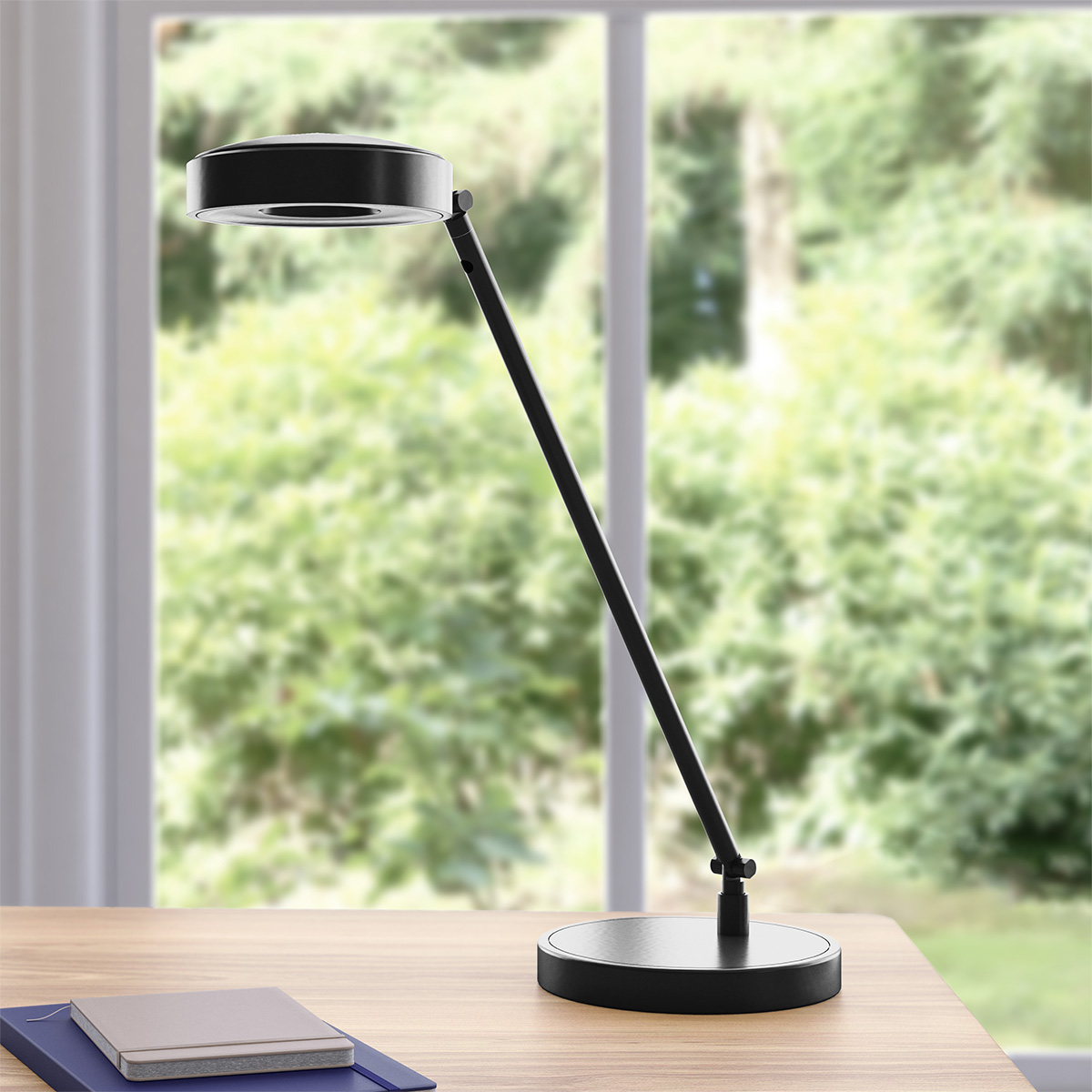 Accessories
Accessories